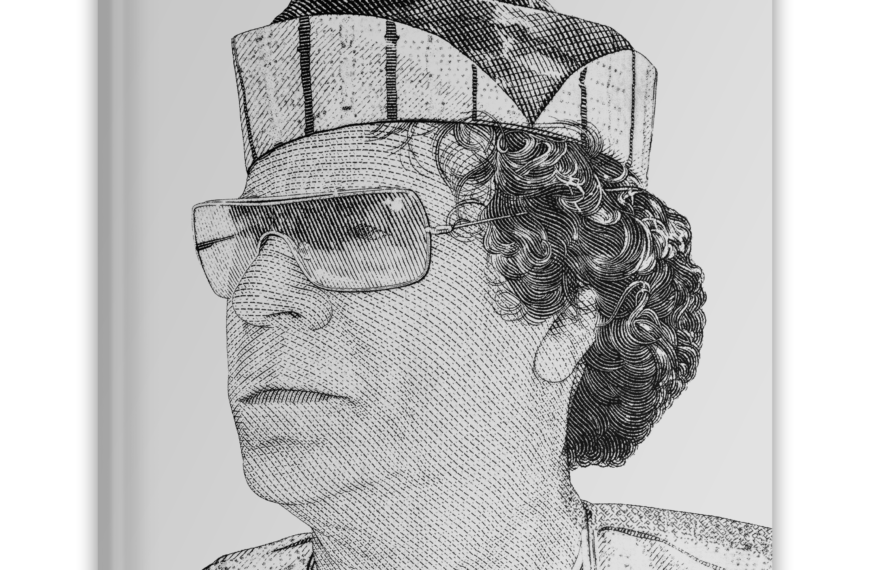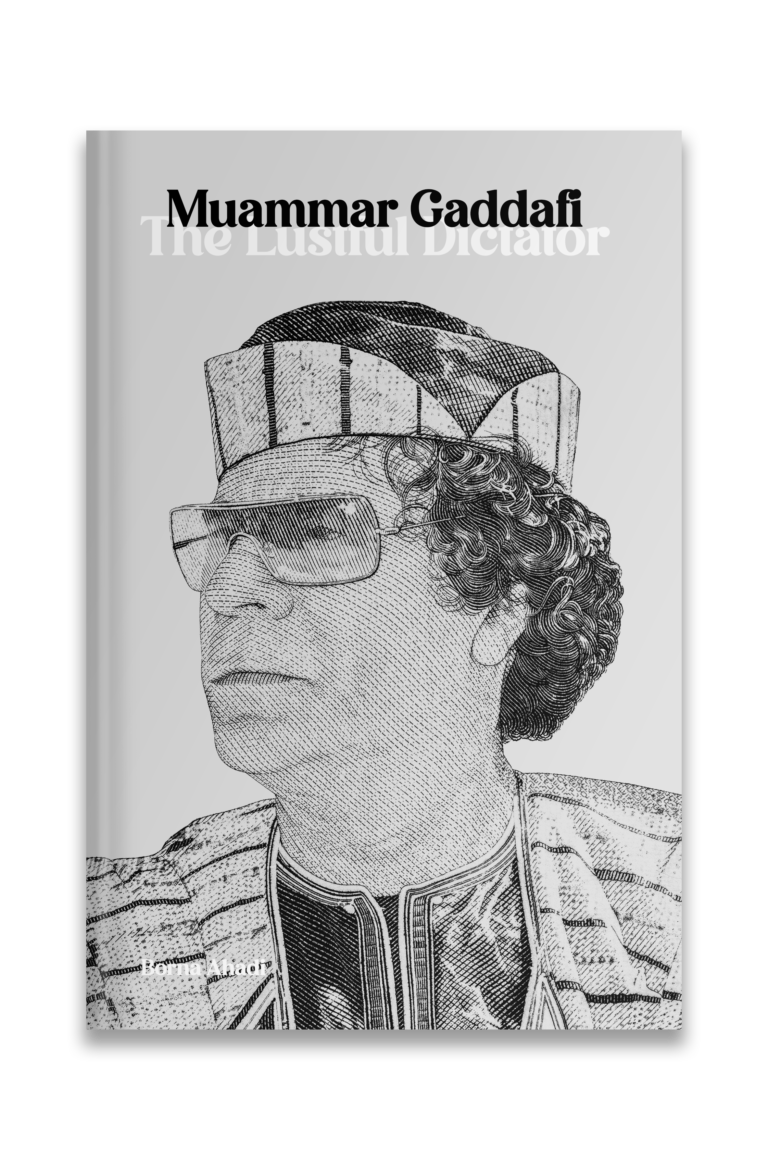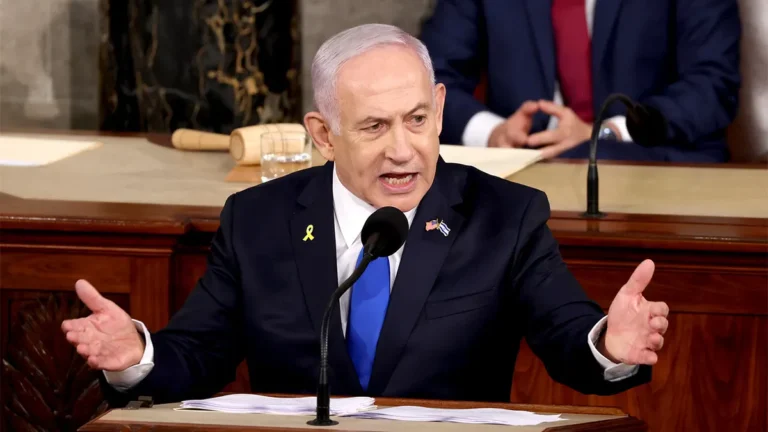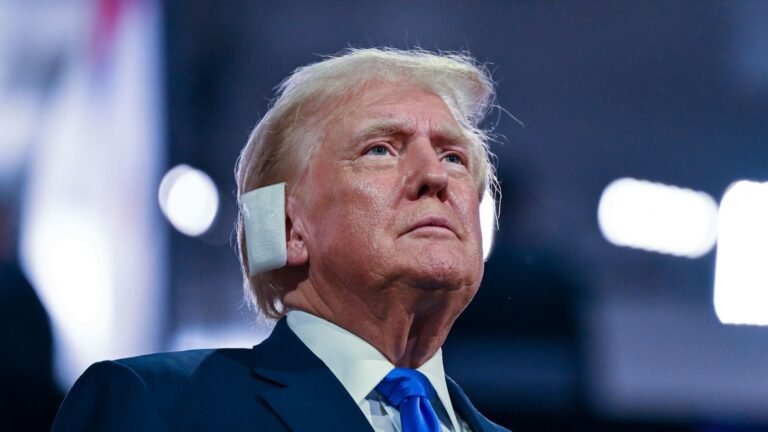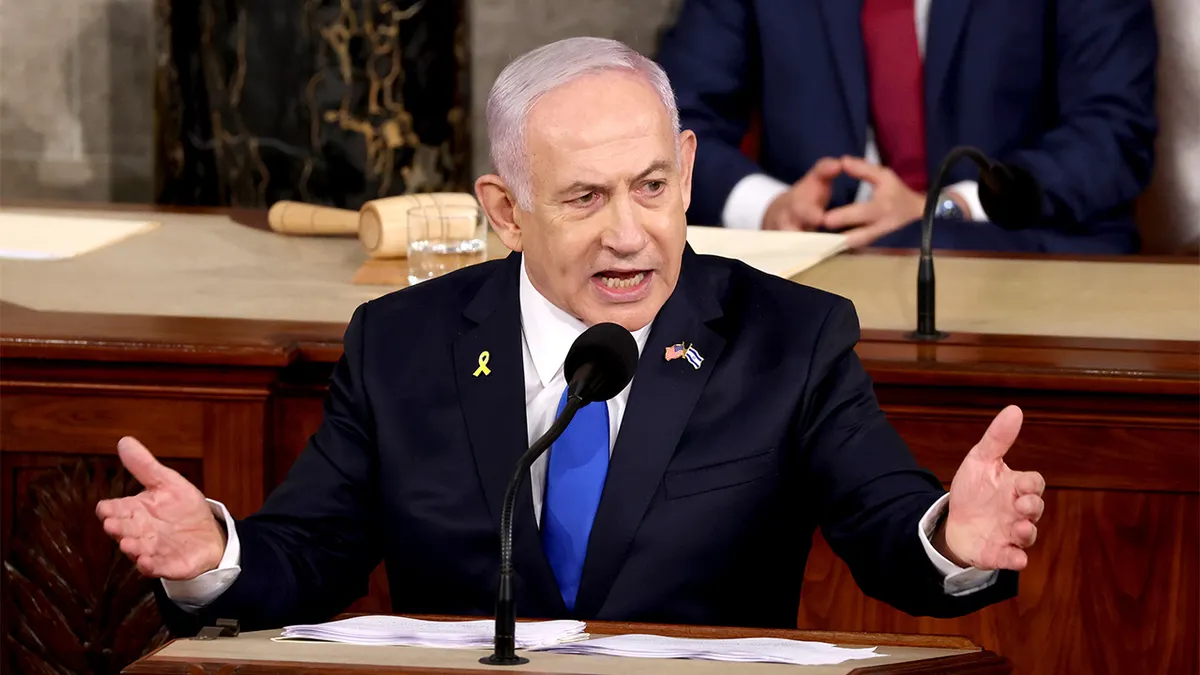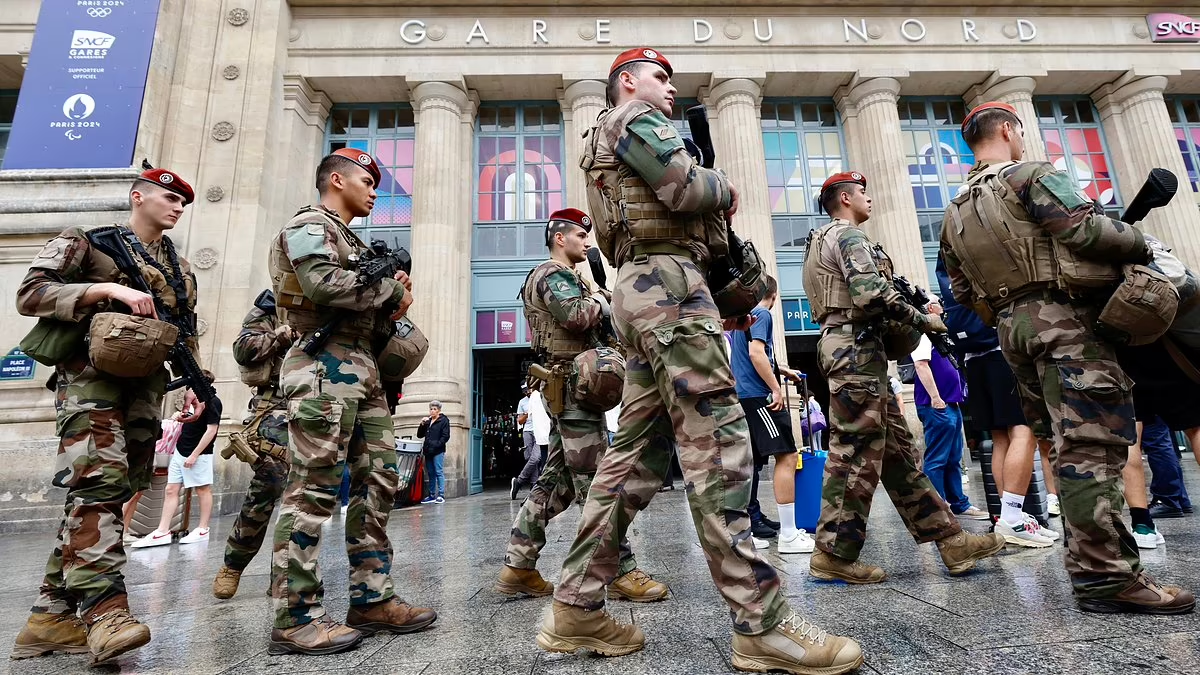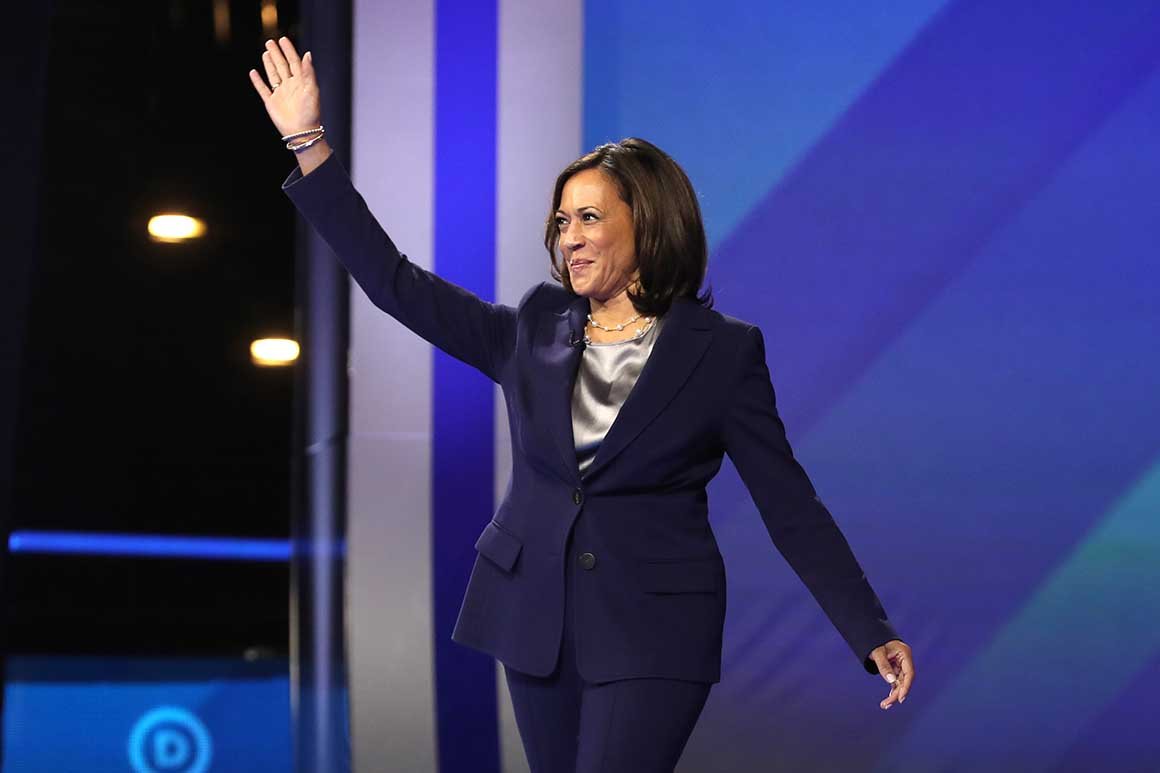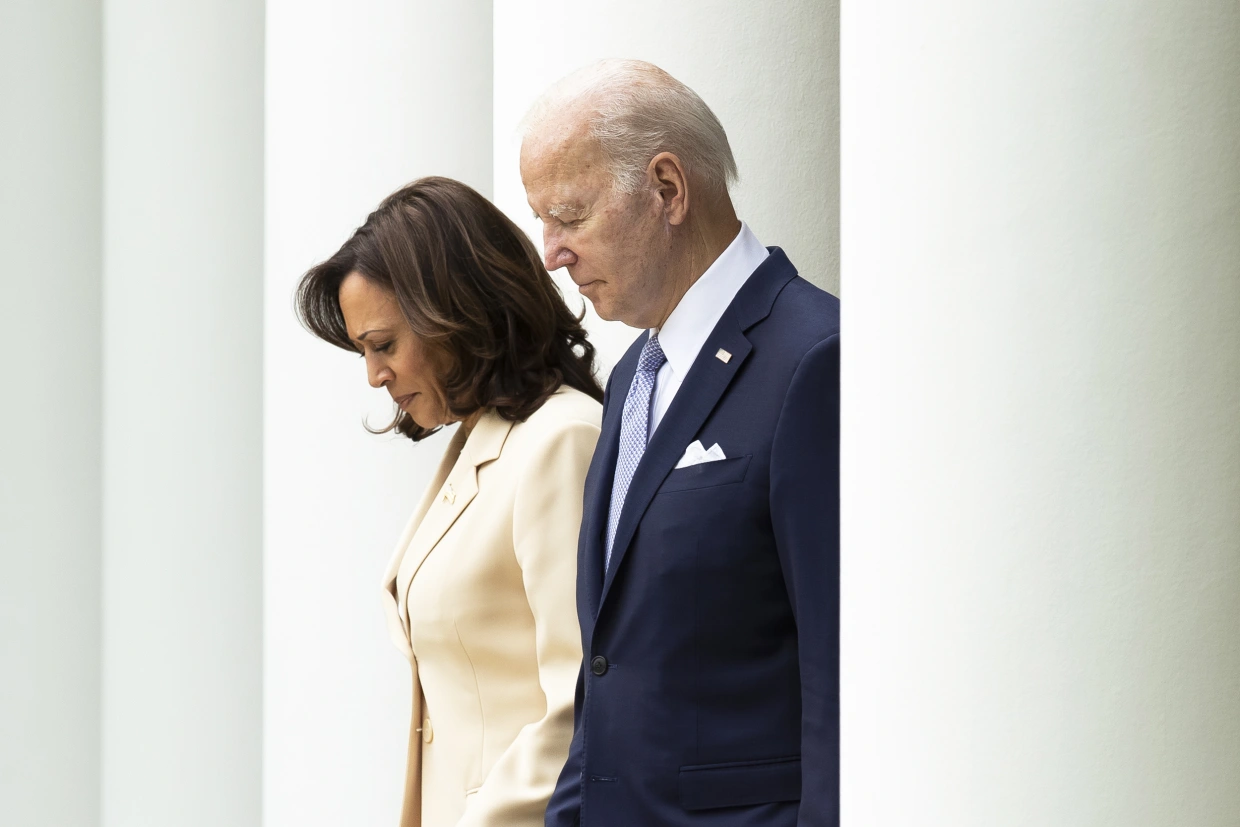
The Assassination of Donald Trump: A Moment Captured in History
A very strange and momentous event occurred: former US President Donald Trump was assassinated. This tragic incident was captured in a dramatic photograph that has since become iconic. This image, much like the famous photograph from World War II, has left an indelible mark on American society and is bound to be remembered as a significant part of American history.
The photograph of Trump at the moment of his assassination echoes a similar sentiment to the renowned image taken during World War II. The Raising the Flag on Iwo Jima photograph by Joe Rosenthal captured a pivotal moment of triumph and unity for the American forces. This image, which has been revered for decades, symbolizes American perseverance and victory.
In contemporary times, the image of Trump’s assassination has struck a chord with many Americans. Despite showing Trump in a moment of weakness and vulnerability, it has been co-opted by some as a symbol of his enduring influence and the dramatic nature of his political career.

The Power of Symbolism in Political Imagery
Much like the Iwo Jima photo, the new image has become a symbol in American culture. It captures the intense emotions and high stakes of the political landscape. The backdrop of the American flag in the photograph, combined with Trump’s distressed expression, evokes a powerful narrative of struggle and defiance.
The photo’s composition – with Trump raising his fist and blood streaming from his ear – is both shocking and evocative. It can be seen as a testament to his combative style and the polarizing nature of his presidency. In some ways, this image has become a powerful tool in political discourse, much like the iconic images of past conflicts and significant moments in history.
Historical Context and Impact
The Iwo Jima photograph became an iconic image representing American courage and unity during World War II. It was widely published and used in war bond drives, becoming a symbol of the American war effort. Similarly, the photograph of Trump’s assassination could potentially be used to galvanize political movements and campaigns.
Despite the tragic context, images like these can often be repurposed to serve as rallying points for political ideologies. For Trump supporters, this photograph may serve as a symbol of martyrdom and the fight against perceived corruption and opposition. It also starkly contrasts with images of current President Joe Biden, often portrayed by critics as out of touch or physically frail.

Comparative Imagery: Trump vs. Biden
The contrasting imagery between Trump and Biden is stark. Trump, in this dramatic photograph, is seen as a fighter, bloodied yet defiant. On the other hand, Biden has been depicted in moments of vulnerability and perceived frailty, such as the widely publicized incident where he stumbled on the steps of Air Force One. These images create a narrative of strength versus weakness that resonates strongly in political rhetoric.
Trump’s image, despite its tragic context, can be spun to show resilience and strength. This comparison is often used by Trump supporters to highlight their belief in his capability to restore America’s strength and prominence. Biden, depicted in moments of forgetfulness or physical mishaps, is portrayed by critics as a leader who lacks the vigor and decisiveness needed for the presidency.
The Legacy of Political Icons
The legacy of political figures is often shaped by powerful imagery. The photograph of Trump’s assassination, much like historical images from past conflicts, will likely remain etched in the public memory. It serves as a powerful reminder of the turbulent times and the deep divisions within American society.
The importance of such images cannot be understated. They capture moments of high emotion and significance, becoming symbols around which narratives and political movements are built. The image of Trump in a moment of crisis, juxtaposed with historical symbols of American strength, tells a story of conflict, resilience, and the ongoing battle for the nation’s identity.
The Political Landscape Post-Trump Assassination
A Powerful Republic Against a Conservative Democracy
The assassination of Donald Trump has brought about a stark divide in American political ideology. On one side, a powerful republic represented by Trump’s populist movement; on the other, a conservative democracy trying to find its footing under Joe Biden’s leadership. This polarization reflects the intense emotions and beliefs of American society today.
Trump’s Appeal and Biden’s Challenges
Many believe that under the conditions set for him, Trump would have been the obvious choice for those who care deeply about America’s direction. His strongman image and business acumen make him a formidable candidate. In contrast, Joe Biden faces significant challenges in his campaign, with critics pointing to his age and moments of perceived weakness.
The Democratic Dilemma
Convincing Biden to Step Down
The Democrats are in a precarious position. To have any chance against Trump’s enduring popularity, they might need to convince Biden to step down and find a more dynamic candidate. However, this is no small task, given the current political climate and the loyalty of Biden’s base. The party’s internal struggle could either lead to a stronger candidate emerging or further division within the ranks.
The Spectacle of Trump’s Campaign
Watching the campaign trail, one can see Trump’s charisma and relentless energy. His ability to command a room and rally support is unparalleled. Even in the face of an assassination attempt, Trump’s resolve seems unshaken. This is evident in the imagery and media coverage of his campaign, where he exudes confidence and strength despite the chaos surrounding him.
The Strength and Theories
Trump’s Resilience
Trump’s ability to continue his campaign with such vigor, even after an assassination attempt, raises questions. Is he inherently a strong individual, or are there other factors at play? Some theories might seem far-fetched, but they reflect the public’s attempt to make sense of his resilience. For example, theories might suggest that the attempt on his life was not as serious as portrayed, or that he has an unparalleled ability to recover quickly from such incidents.
Analyzing the Situation
When a person is nearly assassinated and still manages to project strength, it leads to various interpretations. Some view this as a testament to Trump’s unyielding character, while others see it as a calculated political maneuver. The ability to quickly recover and use the incident to rally more support showcases Trump’s strategic mindset.
Media and Public Perception
Public Image and the Secret Service
The aftermath of the assassination attempt has also affected the public perception of the US Secret Service. Traditionally seen as a highly professional and serious organization, their portrayal during this crisis has been more scrutinized. Trump’s public appearances, even after the attempt, with him raising his hand in a victory sign, have been meticulously orchestrated to maximize media coverage and reinforce his image of invincibility.
Media’s Role
The role of media in shaping public perception cannot be understated. The dramatic images and videos of Trump post-assassination, with the American flag in the background and his triumphant gestures, are powerful. These visuals serve to strengthen his support base and keep the narrative of his resilience alive. Comparisons with Biden, who has faced criticism for moments of vulnerability, further polarize the electorate.
Security and Symbolism in the Aftermath of Trump’s Assassination Attempt
Security Forces and Public Perception
In the immediate aftermath of the assassination attempt on Donald Trump, the focus quickly shifted to the security detail responsible for his protection. This detail, comprising Secret Service agents and other security personnel, has traditionally been viewed as highly professional and capable. However, the media and public have scrutinized their performance, especially highlighting the presence of two women, one of whom is slightly overweight, in the security team.
The scrutiny of these agents’ physical appearance detracts from their professionalism and capabilities. The Secret Service is an elite force, and all agents, regardless of gender or physique, undergo rigorous training to qualify for their roles. However, the perception of vulnerability in Trump’s security detail has inadvertently contributed to his portrayal as a victim, rallying more public sympathy and support for him.
Trump’s Growing Public Sympathy
This event has significantly impacted public opinion, portraying Trump as an oppressed figure who, despite facing an assassination attempt, continues to stand strong. This narrative resonates with many Americans, including some Democrats, who view Trump as a symbol of resilience against perceived oppression. The sympathy generated from this incident could potentially consolidate his support base and attract undecided voters.
Biden’s Dilemma and Democratic Strategy
Given the strength Trump has displayed, there is growing speculation that Biden’s chances of re-election are diminishing. Many believe that the Democratic Party needs to consider a strategy shift, possibly convincing Biden to step down in favor of a more dynamic candidate who can effectively compete against Trump. However, this is easier said than done, considering the internal politics and loyalty within the party.
Theories Behind the Assassination Attempt
Left-Wing Extremists as Suspects
Speculations are rife that left-wing extremist groups might have orchestrated the assassination attempt. These groups have reportedly tried and failed to target Trump in the past, but this time, they seemed to have come closer to succeeding. The motivation behind such attempts is believed to be Trump’s controversial policies and his plan to overhaul the federal workforce through a proposed policy known as Schedule F.
Schedule F: Trump’s Controversial Plan
Schedule F, introduced during Trump’s presidency, aimed to reclassify a significant portion of the federal workforce, making it easier to hire and fire employees based on loyalty and performance. This policy would enable Trump to replace a large number of federal employees with those who align more closely with his vision and agenda, effectively purging dissenters and consolidating his control.
The Implications of Schedule F
Support and Opposition
Supporters of Schedule F argue that it would increase government accountability by ensuring that federal employees are directly answerable to the president. This would ostensibly streamline the implementation of the president’s policies without obstruction from career bureaucrats who might disagree with his agenda.
However, critics view Schedule F as a potential violation of American laws and ethical codes. They argue that it undermines the merit-based civil service system, allowing for the politicization of the federal workforce. This move is seen as analogous to a coup within the government, enabling a single administration to entrench its power deeply.
The Broader Impact
Divisive Opinions
Opinions on Schedule F and the broader implications of Trump’s assassination attempt remain sharply divided. While some see the policy as a necessary reform to ensure governmental efficiency and loyalty, others view it as a dangerous precedent that threatens the foundational principles of American democracy.
Historical Context and Future Predictions
Drawing parallels with historical events, the political turmoil following Trump’s assassination attempt echoes periods of significant upheaval. While it is difficult to predict the exact outcomes, the ongoing debates and reactions highlight the deep divisions within American society. Whether this event will lead to substantial political changes or be absorbed into the larger narrative of American resilience remains to be seen.
For further reading on the impact of Schedule F and the political ramifications of Trump’s proposed policies, you can refer to articles on Schedule F and analyses of Trump’s political strategies.
The Intrigue Behind Trump’s Assassination Attempt
Hidden Hands and Conspiracy Theories
In the wake of Donald Trump’s assassination attempt, speculation abounds regarding the forces at play behind this dramatic event. Many believe that such a high-stakes operation could not have been a mere coincidence. The selection of the assassin, their attire, and the method of the failed attempt all suggest a level of orchestration that hints at deeper, possibly conspiratorial, motivations.
Historically, high-profile assassination attempts have often been surrounded by theories suggesting involvement of clandestine groups or individuals with significant influence. This pattern seems to resonate in Trump’s case as well. The idea that such an operation could increase a leader’s popularity is not without precedent. Leaders who survive assassination attempts often emerge with enhanced public sympathy and support, a phenomenon seen in various historical contexts.
Historical Parallels and Speculative Analysis
Reflecting on historical parallels, several revolutionary movements and political upheavals have seen similar dynamics. After revolutions, it is not uncommon for attempts to eliminate prominent figures to be executed by unknown or obscure groups. These attempts often fail, resulting in increased stature for the target, as public perception shifts in favor of the ‘survivor.’
Consider the attempted assassination of Ronald Reagan in 1981 by John Hinckley Jr., which, despite its serious nature, ultimately resulted in a surge of public support for Reagan. Similarly, the failed attempt on Adolf Hitler’s life by Claus von Stauffenberg in 1944 led to an initial boost in Hitler’s perceived invincibility among his supporters.
Potential Scenarios and Theories
A Planned Conspiracy?
One prevailing theory is that the assassination attempt on Trump might have been orchestrated by elements within his own camp or by other entities with vested interests. This scenario suggests a highly strategic move designed to solidify Trump’s position and garner widespread sympathy. By surviving an assassination attempt, Trump could be seen as a resilient and heroic figure, further galvanizing his base.
Another angle to consider is the involvement of international actors. Given Trump’s polarizing global stance, there could be external groups interested in creating chaos within the U.S. political landscape. Speculations about possible involvement from foreign adversaries or leftist extremist groups abound, although concrete evidence remains elusive.
Leftist Groups or Opponents?
The theory that left-wing extremist groups might be behind the attempt stems from Trump’s contentious relationship with progressive factions and his aggressive policies. Groups opposed to Trump’s vision and policies could have seen an assassination attempt as a drastic measure to alter the political landscape. This theory aligns with historical instances where political opponents have resorted to extreme measures.
Open Questions and Public Engagement
As the investigation unfolds, several questions remain unanswered. Was the attempt a calculated move by Trump’s adversaries, or was it a complex strategy devised by his own team? Public opinion is divided, and the lack of definitive answers fuels ongoing speculation and debate.
Engage with the Community
What do you think? Could this have been an elaborate plan by Trump’s team to boost his standing, or was it genuinely an attack by his opponents? Share your thoughts and theories in the comments. Your insights and opinions are valuable in unraveling the layers of this complex incident.
Conclusion: Unraveling the Threads of Trump’s Assassination Attempt
The assassination attempt on Donald Trump has left an indelible mark on American political discourse and public perception. From the dramatic photographs capturing the moment to the widespread speculation about the forces behind the attempt, this event has sparked a myriad of theories and debates.
Historical Resonance and Symbolism
The imagery surrounding the assassination attempt evokes powerful historical parallels. Much like the iconic Raising the Flag on Iwo Jima photograph, the images of Trump during and after the assassination attempt have become symbolic. They serve not only as a record of a significant event but also as a tool for political narratives. Whether showing strength or vulnerability, these images shape public opinion and reinforce the deep-seated divisions within American society.
Conspiracy Theories and Political Ramifications
Theories about the assassination attempt range from orchestrated internal plots to external left-wing extremist actions. The proposed Schedule F policy, aimed at restructuring the federal workforce, highlights the contentious nature of Trump’s administration and the extreme measures some might take to oppose it. Historical examples, such as the assassination attempt on Ronald Reagan and the July Plot against Hitler, provide context and suggest that high-profile assassination attempts often lead to increased support and sympathy for the targeted individuals.
Public Sympathy and Political Strategy
The failed attempt on Trump’s life has likely bolstered his image as a resilient and enduring figure in American politics. This incident has provided his supporters with a renewed sense of purpose and has highlighted perceived weaknesses in the current administration. Comparisons with President Joe Biden’s moments of vulnerability further polarize the electorate, emphasizing the stark contrasts between the two leaders.
Future Implications and Ongoing Debate
As the investigation into the assassination attempt continues, the American public remains divided on the motivations and actors behind it. The implications of such a high-profile event are far-reaching, influencing not only the upcoming elections but also the broader political landscape. The discussions and debates surrounding this incident underscore the importance of understanding the complexities of political narratives and the power of visual media in shaping public perception.
Engagement and Reflection
The assassination attempt on Donald Trump invites us to reflect on the state of American democracy, the role of media in political discourse, and the impact of historical events on contemporary politics. By examining the forces at play and engaging in thoughtful dialogue, we can better navigate the challenges facing our society.
For further insights and historical context, consider exploring these resources:
- The Assassination of President Lincoln
- Ronald Reagan’s Assassination Attempt
- The July Plot to Assassinate Hitler
Your thoughts and opinions on this matter are crucial. Share your perspectives and engage in the discussion to contribute to a deeper understanding of this complex and pivotal moment in American history.
-
The Rich Idiots: What They Know That You Don’t

Introduction You’ve probably seen the iconic film The Wolf of Wall Street, just like I have. The movie, starring Leonardo DiCaprio, captures the chaotic life of Jordan Belfort, a stockbroker…
-
Muammar Gaddafi: The Lustful Dictator
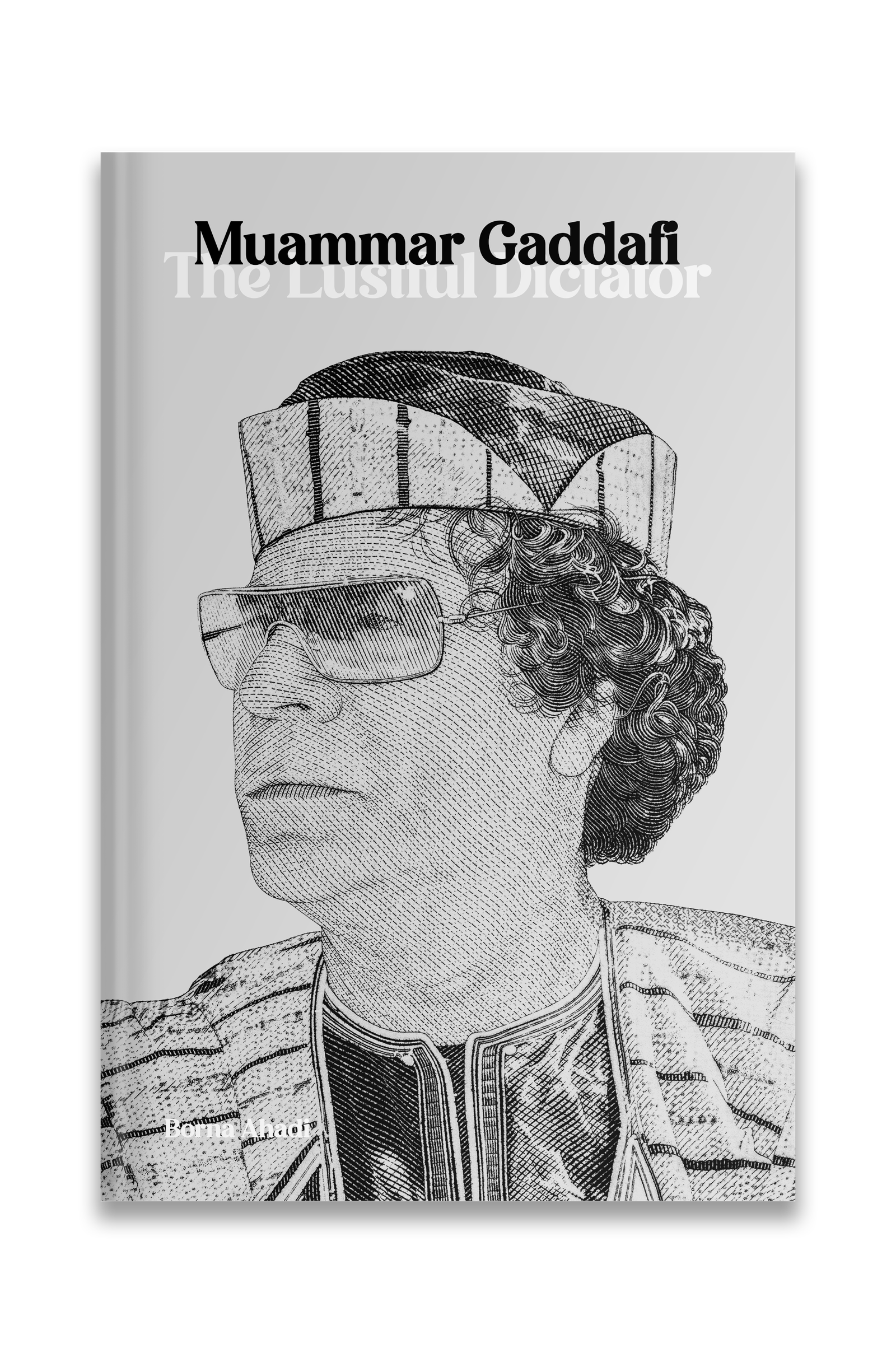
### Introduction Throughout history, many rulers have held the belief that their vision alone could create a better world. These figures often saw themselves as destined leaders, imbued with the…
-
David Ben-Gurion: The Man Who Built Israel

Introduction: The Birth of a Nation Before diving into the historical journey of Israel’s formation, it’s crucial to recognize that this moment in history was not merely a political event…



